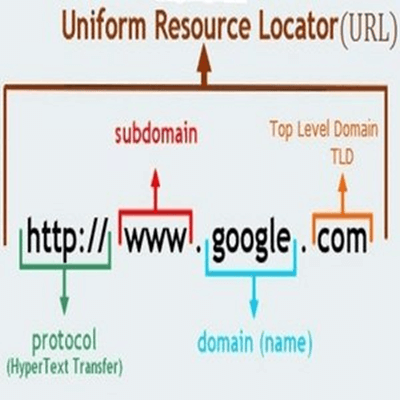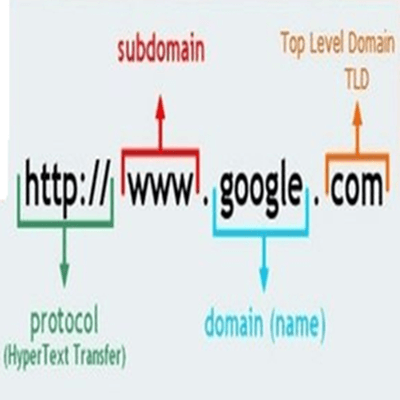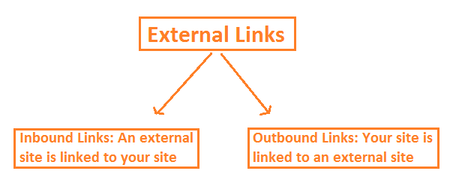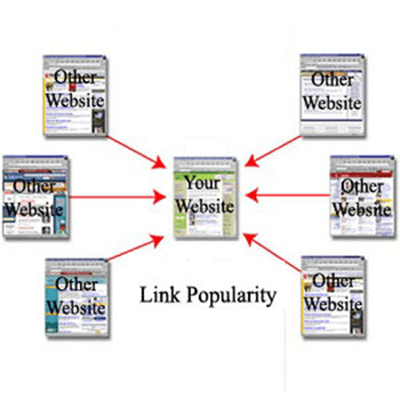Interview :: SEO
Keyword proximity refers to the distance between the keywords, i.e., it tells how close keywords are to each other in a phrase or body of text. It is used to measure the distance between two keywords in the text. It is used by some search engines to measure the relevancy of a given page to the search request. It specifies that the closer the two keywords in a phrase or a search term, the more relevant will be the phrase. For example, see the keywords "Delhi Digital Photographer" in the search term "Delhi Photographer Ram Kumar specialized in digital photography." The proximity between Delhi and Photographer is excellent, but between the "Photographer" and "digital" proximity is not good as there are four words between them. So, a search term's keywords should be as close to each other as possible.
URL stands for Uniform Resource Locator (URL). It is the web address of an online resource like a website, webpage or a document on the internet. It tells the location and name of the resource as well as the protocol used to access it, i.e., it locates an existing resource on the internet. A URL may contain as many as six parts, and cannot have less than two parts. For example, http://www.example.com, in this URL we have two parts: a protocol (http) and a domain (www.example.com).
A URL for HTTP or HTTPS generally comprises three or four components, such as:
- Protocol: It is used to access the resource on the internet. It can be HTTP, without SSL or HTTPS with SSL. It is connected to the domain name, and the domain name is further connected to the file path.
- Domain name: It is a unique name that identifies a website on the internet. For example, "javatpoint.com". It always includes a top-level domain (TLD) which is ".com" in this example.
- Port: It is a port number, which is usually not visible in a URL, but it is always required. When visible, it comes after the TLD, separated by a colon.
- Path: It is a file or directory on the web server, e.g. "/seo-interview-question" in the URL https://www.javatpoint.com/seo-interview-questionsis a path.

We use hyphens to separates the words in a URL. See the image:

A domain name is the name of your website. It identifies one or more IP addresses, e.g., the IP address of domain name "google.com" is "74.125.127.147". Domain names are developed as it is easy to remember a name rather than a long string of numbers.

A domain is displayed on the address bar of the web browser and may consist of any combination of letters and numbers and can be used with various domain name extensions such as .com, .net and more. Domain name is always unique, i.e., no two websites can have the same domain name.
A TLD is the last part of an Internet address. For example, in xyz.com the TLD is .com.
A ccTLD is a country code top-level domain extension that is assigned to a country. It is based on the ISO 3166-1 alpha-2 country codes, which means it can have only two characters, e.g., .us for the United States, .au for Australia, .in for India. So these domain extensions are reserved for countries. See the image given below:

An internal link is a URL link placed on your website that points to your another webpage. It is different from an external link which leads to another website. Internal links are very useful regarding SEO as they:
- Provide site structure: The internal links of a website helps search engines to crawl and index your website. Search engine crawlers or robots use internal links to evaluate your website and are better informed while ranking your website on search engine result pages.
- Enhance user experience: The internal links in product pages, blog posts, contact us forms, etc., enhance users' website experience. Furthermore, these links can be used to take prospects to your core pages to convert them into customers.
- Minimize bounce rate: The internal links keeps visitors on your website for longer and thus helps reduce bounce rate and increases the likelihood of them buying your products or services.
The backlinks are an indication of the popularity of a website. They are important for SEO as most of the search engines like Google give more value to websites that have a large number of quality backlinks, i.e., a site with more backlinks is considered more relevant than a site with fewer backlinks.
The backlinks should be relevant which means they should come from the sites that have content related to your site or pages otherwise the links if they are coming from sites that have different content, will be treated as irrelevant backlinks by the Search Engine. For example, there is a website about how to rescue orphaned dogs, and it receives a backlink from a website about dog care essentials then this would be a relevant backlink in a search engine assessment than a like from site about automobiles.
An inbound link, which is also known as a backlink, is the incoming link to your site from an external source. It comes from an external site to your site. Whereas, outbound link is a link that starts from your site and points to another website. For example, if xyz.com links to your domain, this link from xyz.com is an inbound or backlink for your domain. However, it is an outbound link for xyz.com. See the image given below:

Link popularity refers to the number of backlinks that point towards a website. The backlinks can be of two types: internal and external links. The links to a website from its pages are called internal links and the links from outside sources or other websites are called external links.

The high link popularity indicates that more people are connected to your site, and it has relevant information. Most of the search engines use link popularity in its algorithm while ranking websites in the SERPs. For example, if two websites have the same level of SEO, the site with higher link popularity will be higher than another site by the search engine.
